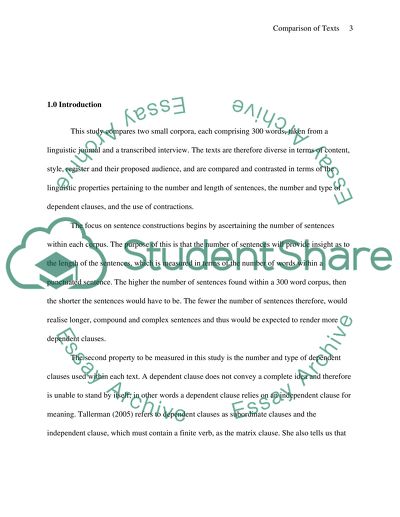Cite this document
(Writing Academic English Coursework Example | Topics and Well Written Essays - 2995 words, n.d.)
Writing Academic English Coursework Example | Topics and Well Written Essays - 2995 words. Retrieved from https://studentshare.org/education/1572522-linguisitcs-empirical-findings
Writing Academic English Coursework Example | Topics and Well Written Essays - 2995 words. Retrieved from https://studentshare.org/education/1572522-linguisitcs-empirical-findings
(Writing Academic English Coursework Example | Topics and Well Written Essays - 2995 Words)
Writing Academic English Coursework Example | Topics and Well Written Essays - 2995 Words. https://studentshare.org/education/1572522-linguisitcs-empirical-findings.
Writing Academic English Coursework Example | Topics and Well Written Essays - 2995 Words. https://studentshare.org/education/1572522-linguisitcs-empirical-findings.
“Writing Academic English Coursework Example | Topics and Well Written Essays - 2995 Words”, n.d. https://studentshare.org/education/1572522-linguisitcs-empirical-findings.


